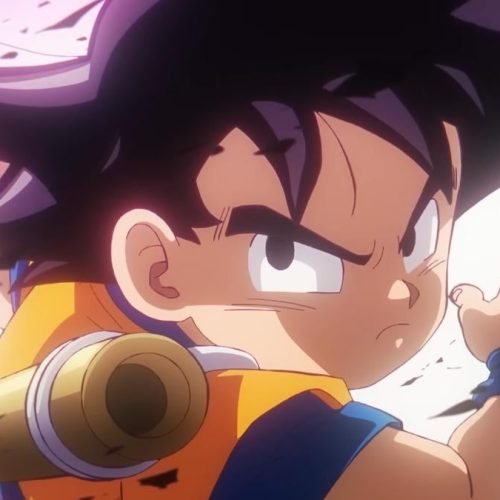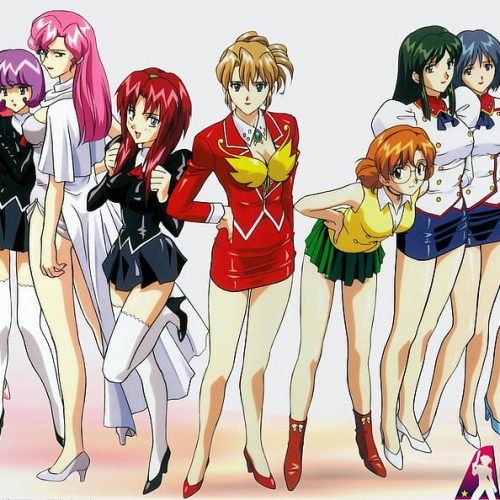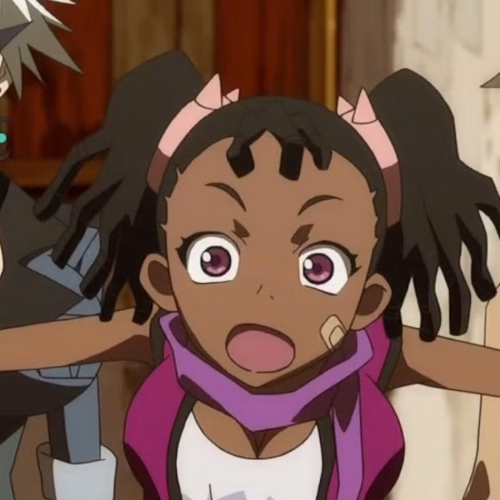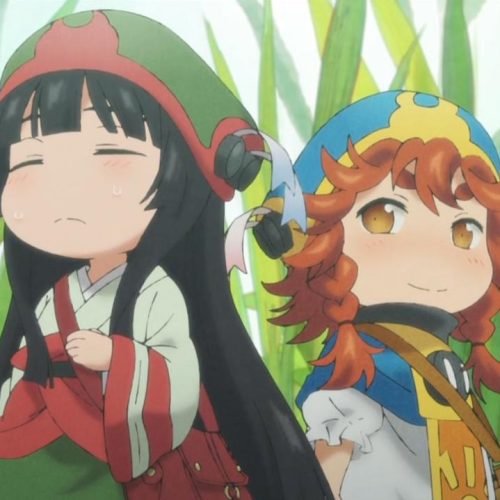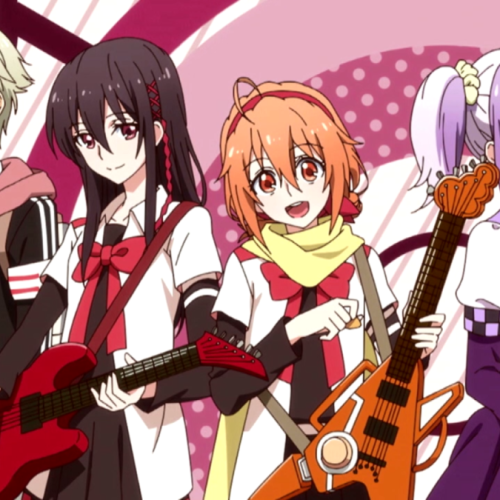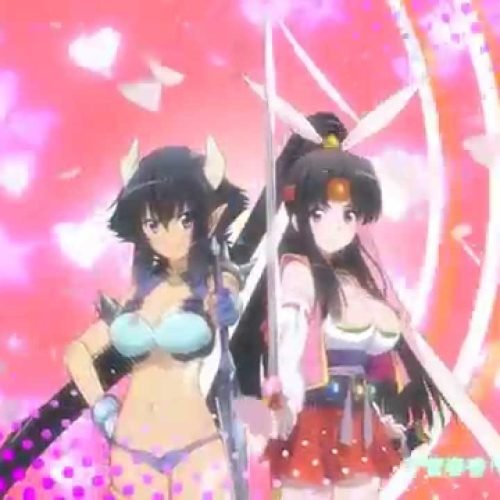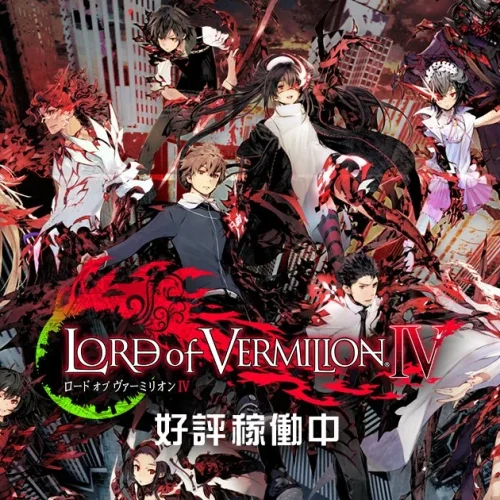Download Rascal Does Not Dream of Bunny Girl Senpai
Introduction
“Rascal Does Not Dream of Bunny Girl Senpai” is a fun and witty story that has captivated fans for its blend of romance, psychodrama, and supernatural elements. The play, written by Hajime Kamoshida and illustrated by Keiji Mizoguchi, tells the story of Sakuta Azusagawa, a high school student suffering from “puberty syndrome.” The story explores the challenges of growing up, the challenges of relationships, and the hidden challenges teens face. With its gripping plot, unforgettable characters, and deep emotions, “Young Salota Bunny Girl Senpai” has become a darling in the anime industry. In this blog, we’ll delve into the series’ story, characters, themes, and effects, and discuss why it continues to capture the hearts of viewers.
Story
The story revolves around high school student Sakuta Azusagawa, who falls into a strange situation related to “Puberty Syndrome,” a mental condition that affects young people and manifests as mental illness. One day, Sakuta met a famous actress, Mai Sakurajima, who mysteriously disappeared from public view while wearing girlish clothes in public. As Sakuta helps Mai, she realizes that her helplessness is related to her feelings of isolation and pressure from her family.
Throughout the story, Sakuta meets other girls who are going through puberty and have their own problems. This collision leads him to explore concepts such as consciousness, social pressure, and growing pains. As Sakuta helps each girl, she learns more about herself and love, forming deeper connections with those around her.
Main Characters
- Sakuta Azusagawa: The protagonist, Sakuta, is a kind-hearted and straightforward high school student who is deeply empathetic toward others. His encounters with Adolescence Syndrome challenge him to confront his own past and insecurities.
- Mai Sakurajima: A famous actress and Sakuta’s love interest, Mai is intelligent, independent, and caring. Her experience with Adolescence Syndrome, which causes her to become invisible to others, reflects her feelings of loneliness and the pressure of living in the public eye.
- Tomoe Koga: A junior high school student who experiences a time loop caused by her fear of rejection and desire to maintain a certain social image. Her story highlights the struggles of fitting in and the anxiety of social interactions.
- Rio Futaba: Sakuta’s friend and a science enthusiast who experiences Adolescence Syndrome through a split personality, representing her internal conflict between logic and emotion.
- Kaede Azusagawa: Sakuta’s younger sister, who suffers from severe social anxiety after being bullied online. Her journey of recovery and self-discovery is a key emotional arc in the series.
Background Information
- Creator: “Rascal Does Not Dream of Bunny Girl Senpai” is written by Hajime Kamoshida, known for his ability to craft deeply emotional and character-driven stories. The light novel series began in 2014 and has since been adapted into a popular anime.
- Source Material: The anime is based on the light novel series, which has been praised for its unique take on supernatural phenomena as metaphors for the struggles of adolescence.
- Release Dates: The anime aired from October to December 2018, with a movie sequel, “Rascal Does Not Dream of a Dreaming Girl,” released in 2019.
- Genre:
- Romance: The series explores the romantic relationship between Sakuta and Mai, highlighting the challenges and growth that come with love.
- Supernatural: The concept of Adolescence Syndrome introduces supernatural elements that are metaphors for the characters’ emotional struggles.
- Drama: The series delves into the psychological and emotional challenges of adolescence, creating a narrative that is both heartwarming and poignant.
- Psychological: The series uses its supernatural elements to explore the mental and emotional states of its characters, making it a deep and introspective experience.
Theme
- Youth and Identity: This film explores the complexities of growing up, particularly identity formation during adolescence. Each character’s experience with Adolescence Syndrome reflects their own struggles with who they are and how they are perceived by others.
- Depression and Loneliness: Many people experience depression from friends, family, or society. This stress often leads to anxiety and loneliness, which are reflected in their experiences with Adolescence Syndrome.
- Love and Relationships: The series shows love in all its forms, from romantic love to family relationships, and shows the importance of understanding and supporting each other during difficult times.
- Mental Health: The game portrays the situation of young people, revealing mental health issues such as anxiety, depression, and trauma, and the need for attention and care.
Visual effects and art style
- Art Style: The animation style of “Pig-Headed Boy Dreaming of Rabbit Girl Senpai” is clean and engaging, capturing the nuances of the characters’ personalities. The characters created are unique and memorable, showing their personalities and inner struggles.
- Character Design: Each character’s design is carefully designed to showcase their unique characteristics and express their emotional states with a blinding eye. For example, Mai’s bunny girl dress is a beautiful representation of her invisibility and desire to see.
- Atmosphere: The show balances lighthearted moments with emotional scenes to create an atmosphere that is both engaging and thought-provoking. The use of lighting, color, and scenery enhances the mood of each scene and draws the viewer into the world of the characters.
Sound and music
- Music: The music for “Boar-Headed Men Don’t Dream of Rabbit Girls” was composed by Fox Capture Plan. The quiet, soulful sound perfectly matches the tone of the play. The opening theme, “Kimi no Sei” by Peggies, is catchy and shows the youthful energy of the show.
- Voice acting: The voice acting is excellent, adding depth and realism to the characters. The performances of Kaito Ishikawa as Sakuta and Asami Seto as Mai are particularly memorable, conveying the sadness of their characters.
Review
“Rascal Does Not Dream of Bunny Girl Senpai” has been praised for its unique story that combines supernatural elements with real-life issues faced by teenagers. The game’s exploration of an adult’s symptoms as a metaphor for depression and mental illness is both clever and effective, and resonates with viewers. The good characterizations, especially between Sakuta and Mai, are significant; they portray love and support in the face of adversity fairly. Overall, “A Boy with a Pig’s Head Don’t Dream of Bunny Girl Senpai” is a must-see for fans of romance, drama, and psychological stories.


